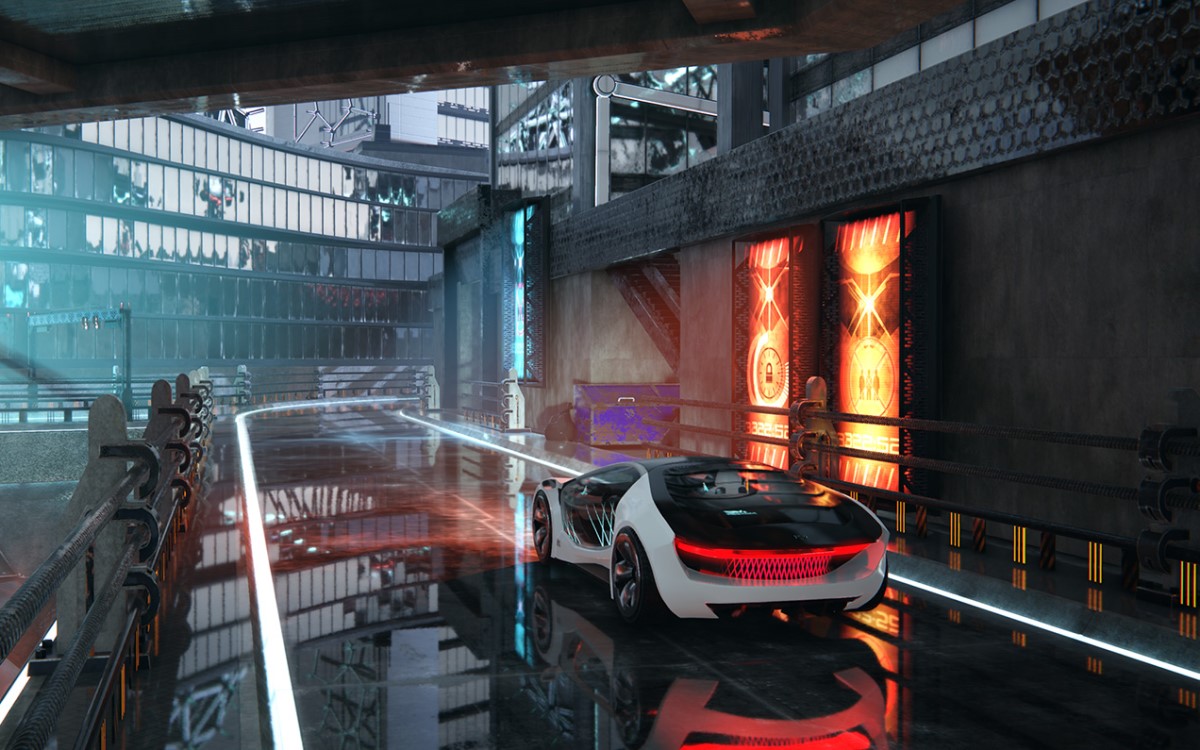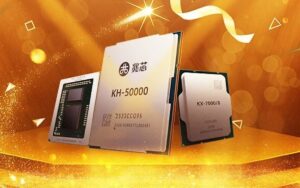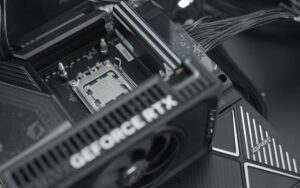
Basemark announced its new “Breaking Limit” benchmark, one of its main highlights being multi-platform support: making it possible for the user to run the software on devices such as “premium” smartphones, tablets, notebooks and low-power systems.
With all this coverage, the public will be able to obtain a more accessible comparison between mobile devices and lower consumption desktop computers. Its support also guarantees compatibility with Windows, Linux, iOS and Android and three graphics APIs: DirectX12, Vulkan and Metal.

Basemark’s intention is to analyze an aspect in its benchmark: ray tracing. The tests run reflections and shadows. According to the development team, the shadows of the main directional lights use the resource, while other lighting points rely on a shadow map to preserve their performance.
See more:

The Ultra version launched by Basemark
In addition to the version for mobile devices, Basemark is also releasing Breaking Limit “Ultra” – designed to test high-end computers and notebooks.
While the regular version uses 1080p resolution for its tests, the Ultra relies on 4K graphics. This version uses – in addition to what was mentioned above – ambient occlusion, volumetric fog, motion blur and temporary anti-aliasing.
Basemark recommends that it runs on GPUs with at least 8GB of VRAM. The tests support two upscaling tools: DLSS 2 and AMD FSR2, running in “balanced” quality. However, they state that the results could not be equated, as there are differences in quality and methods that each one uses to render frames.

Requirements and additional information
It is important to mention that Basemark’s announcement does not contain two pieces of information: its release date and whether the benchmarks will be free or paid. The manufacturer’s previous software is free, so it is expected that this one follows the standards of the others.
Breaking Limit – Requisitos
- Operating systems: Windows, Linux, iOS and Android;
- Graphics APIs (operating system dependent): DirectX12, Vulkan 1.3 and Metal 3;
- GPU capable of performing Ray Tracing;
- Tests performed:
*Official: the main benchmark that runs on default settings;
*Official native: uses the same configuration as the “official” version, but uses the device’s display resolution as the rendering resolution (only available on mobile devices with Android or iOS);
*Custom: uses the same defaults as the “official”, but allows the user to change the settings within the tests

Breaking Limit Ultra – Requisitos
- WINDOWS
- CPU x64;
- Windows 10 or Windows 11 operating system;
- 8GB of RAM;
- GPU capable of performing Ray Tracing with 8GB or more of VRAM
- LINUX
- CPU x64;
- Ubuntu 20.04 or 22.04 operating system (other distributions may also work, but have not been tested);
- 8GB or more of RAM;
- GPU capable of performing Ray Tracing with 8GB or more of VRAM
- Tests performed:
* Official: the main benchmark that runs on default settings;
* Upscale with DLSS/FSR: upscale test measures device performance using the two main techniques: DLSS 2 and FSR2; - Custom: uses the same defaults as the “official” one, but allows the user to change the settings within the tests
Fonte: Videocardz

Join the Adrenaline offer group
Check out the main offers on hardware, components and other electronics that we found online. Video card, motherboard, RAM memory and everything you need to build your PC. By joining our group, you receive daily promotions and have early access to discount coupons.
Join the group and take advantage of promotions
Source: https://www.adrenaline.com.br/hardware/basemark-benchmark-multiplataforma-com-ray-tracing/


